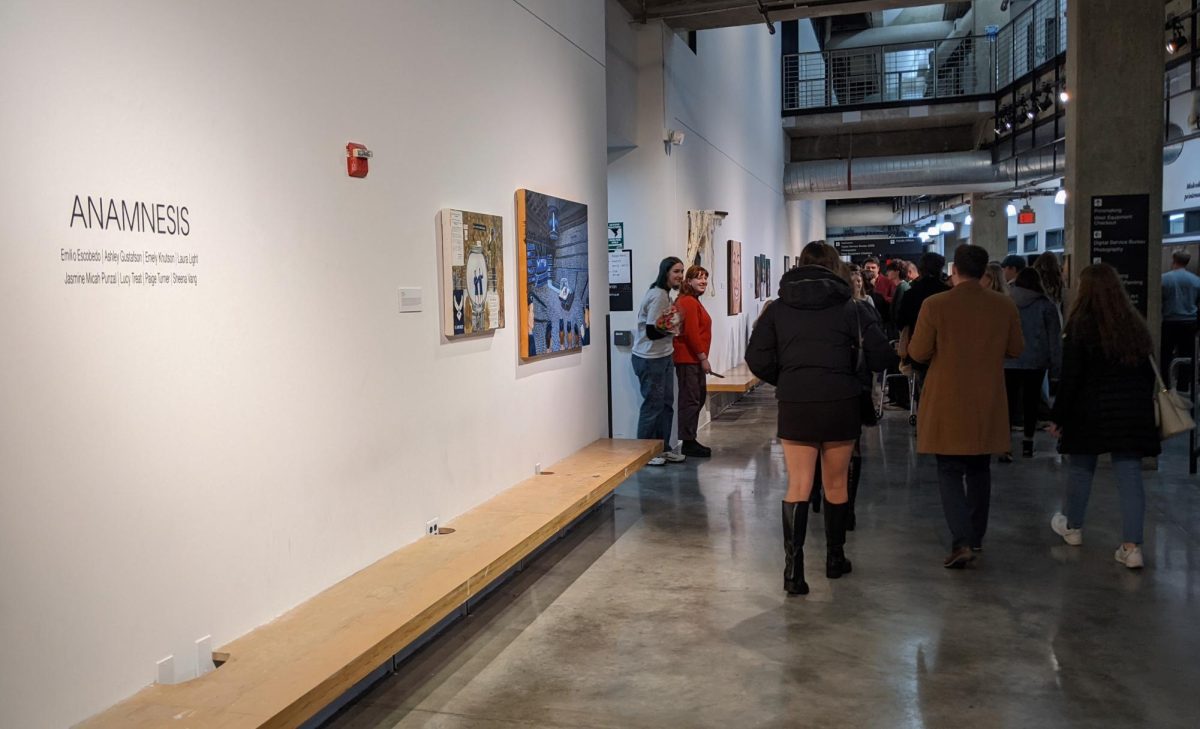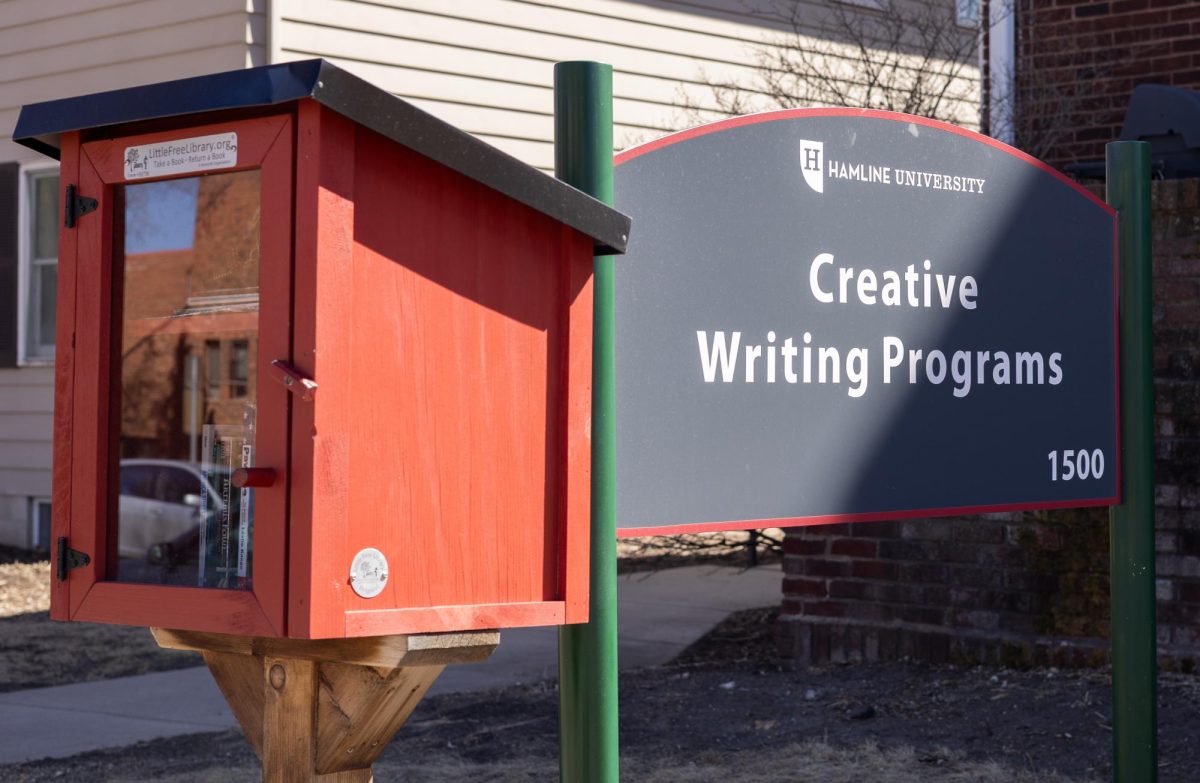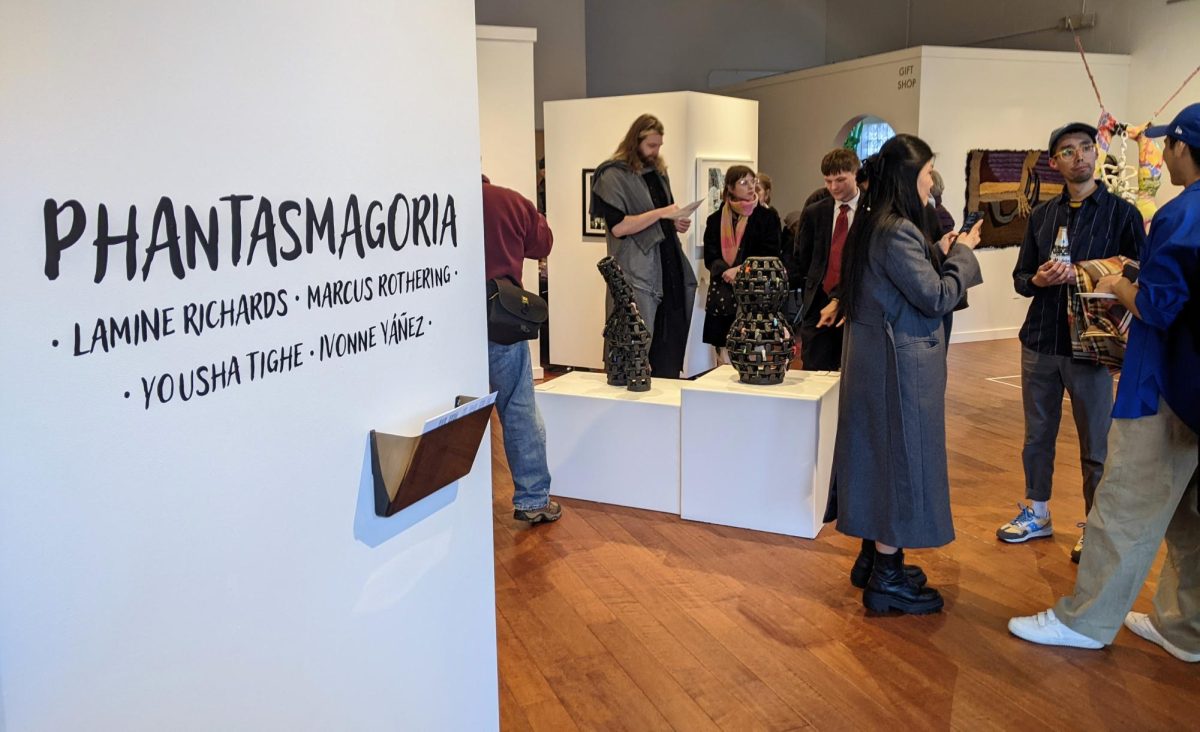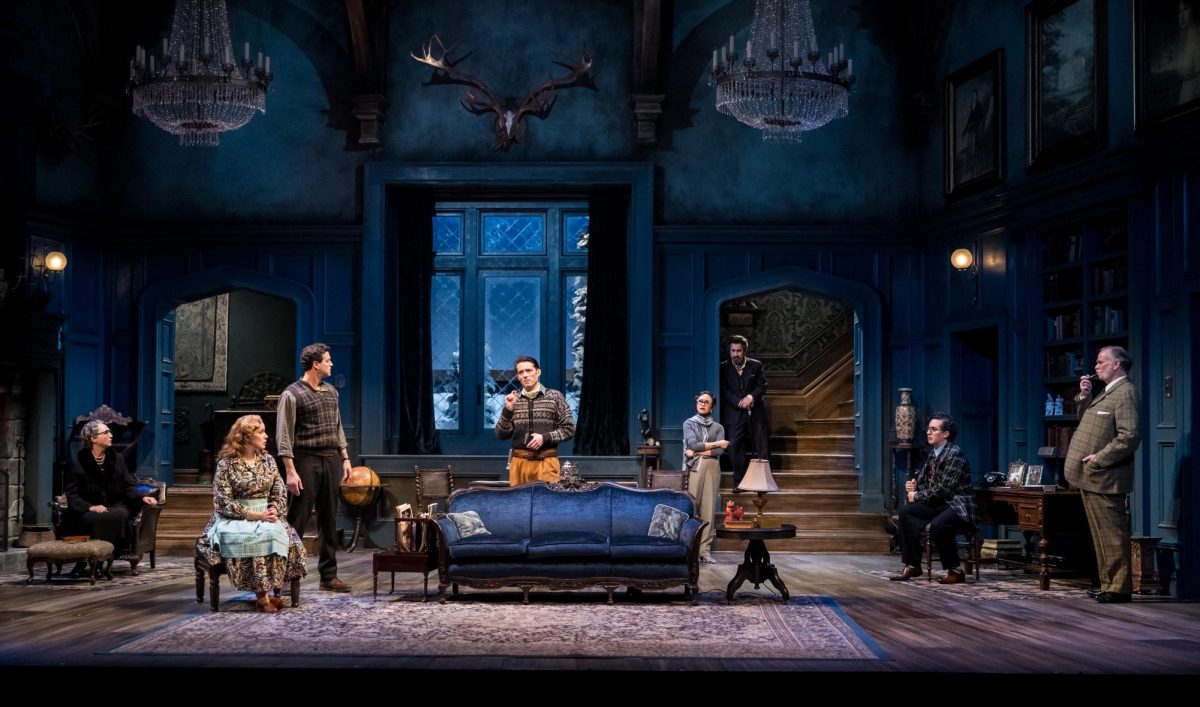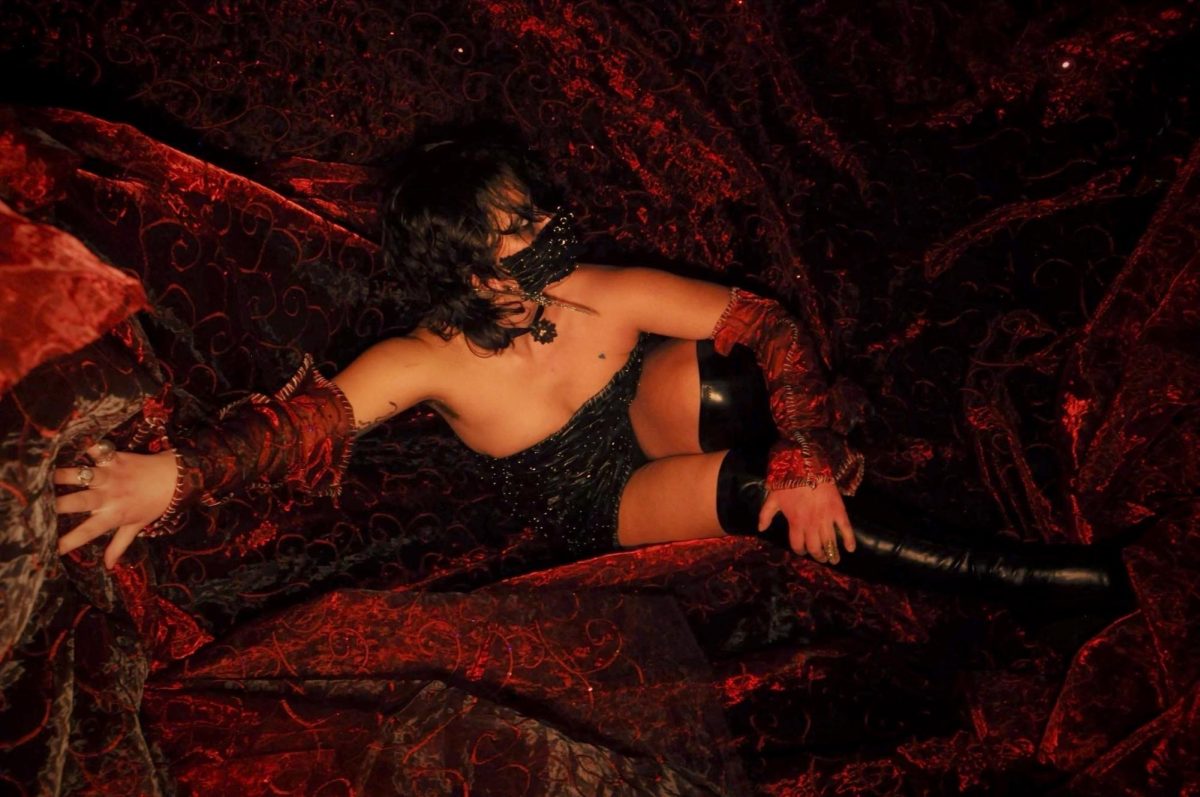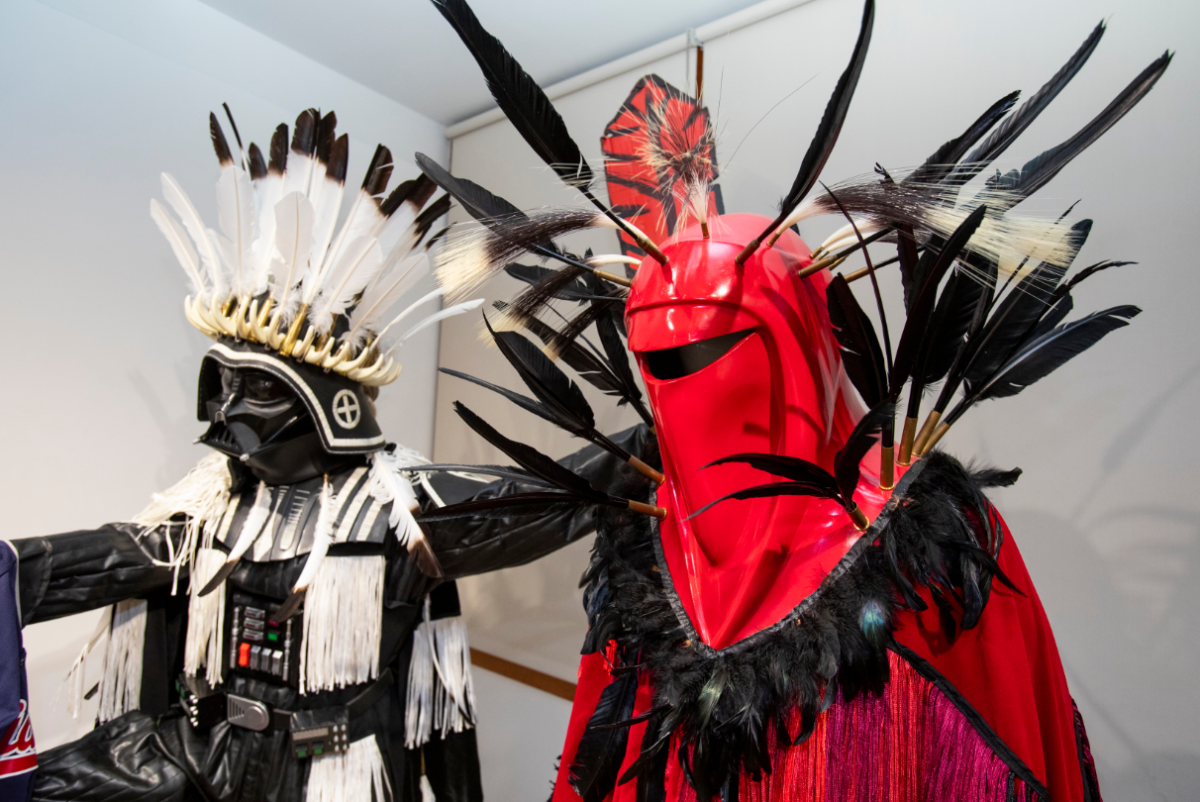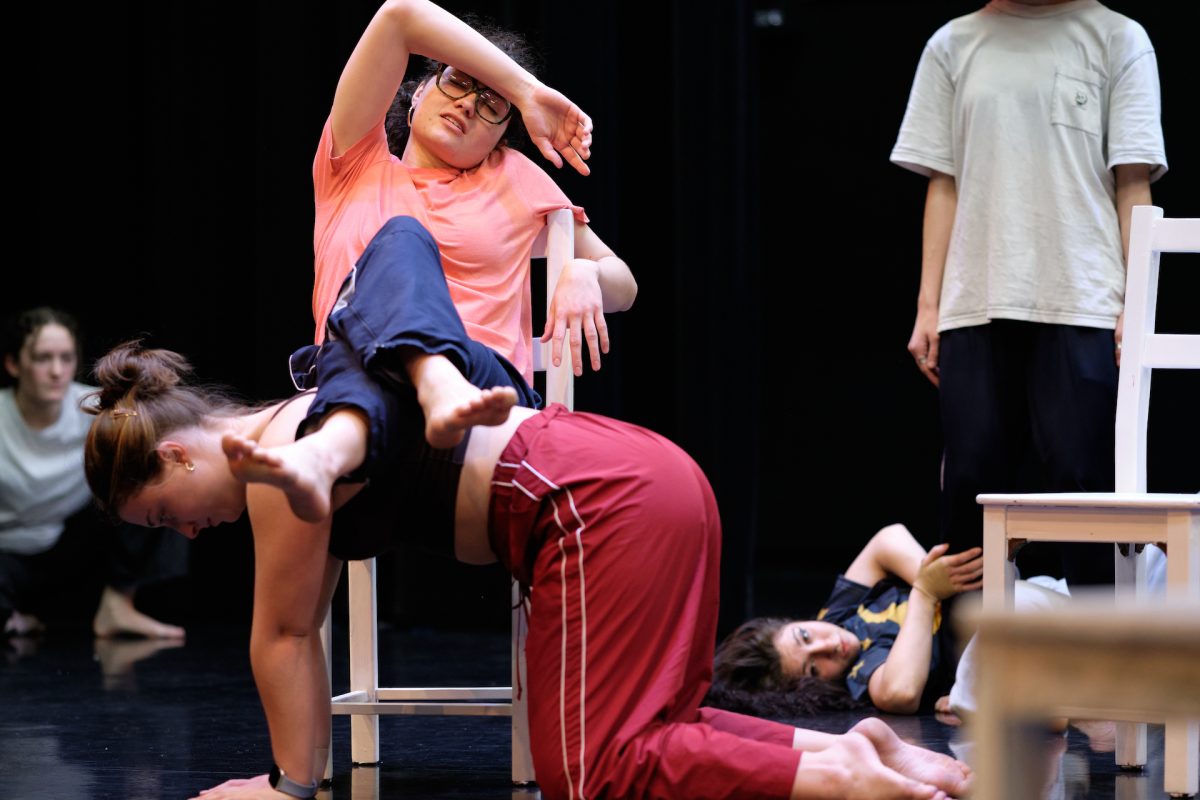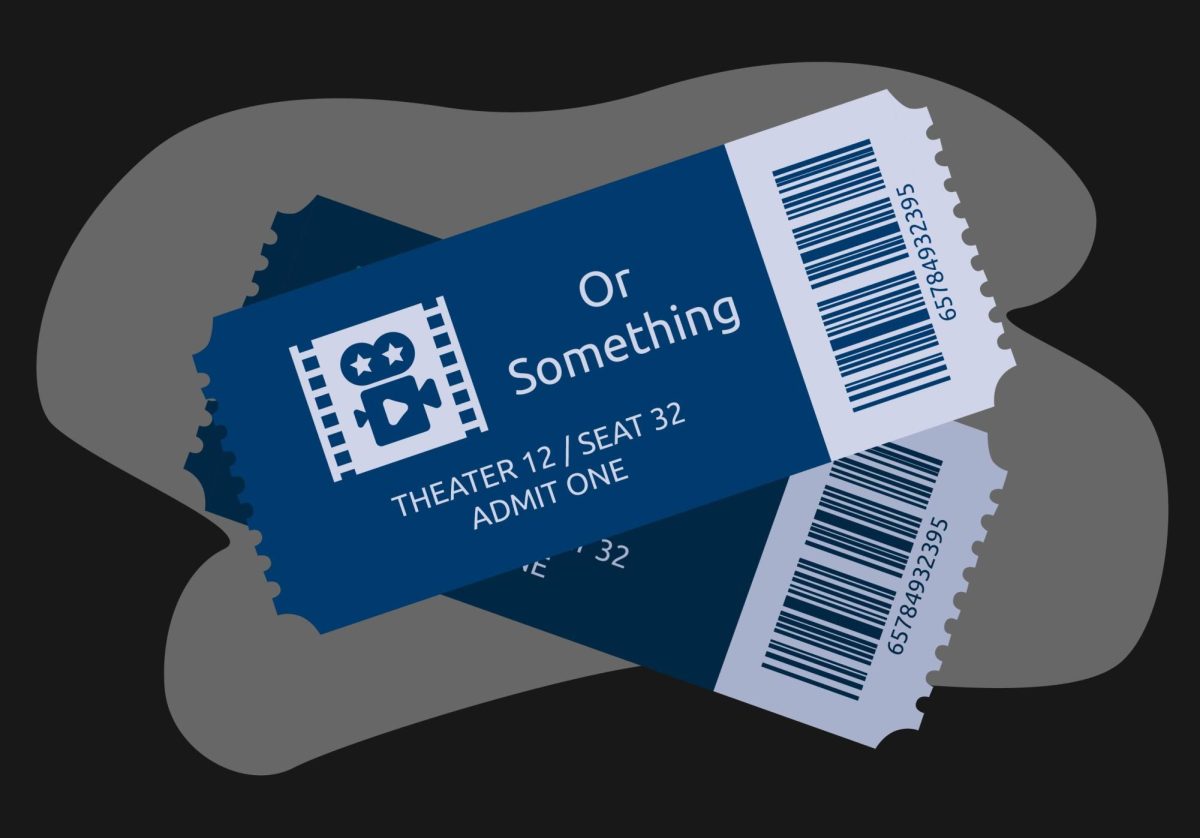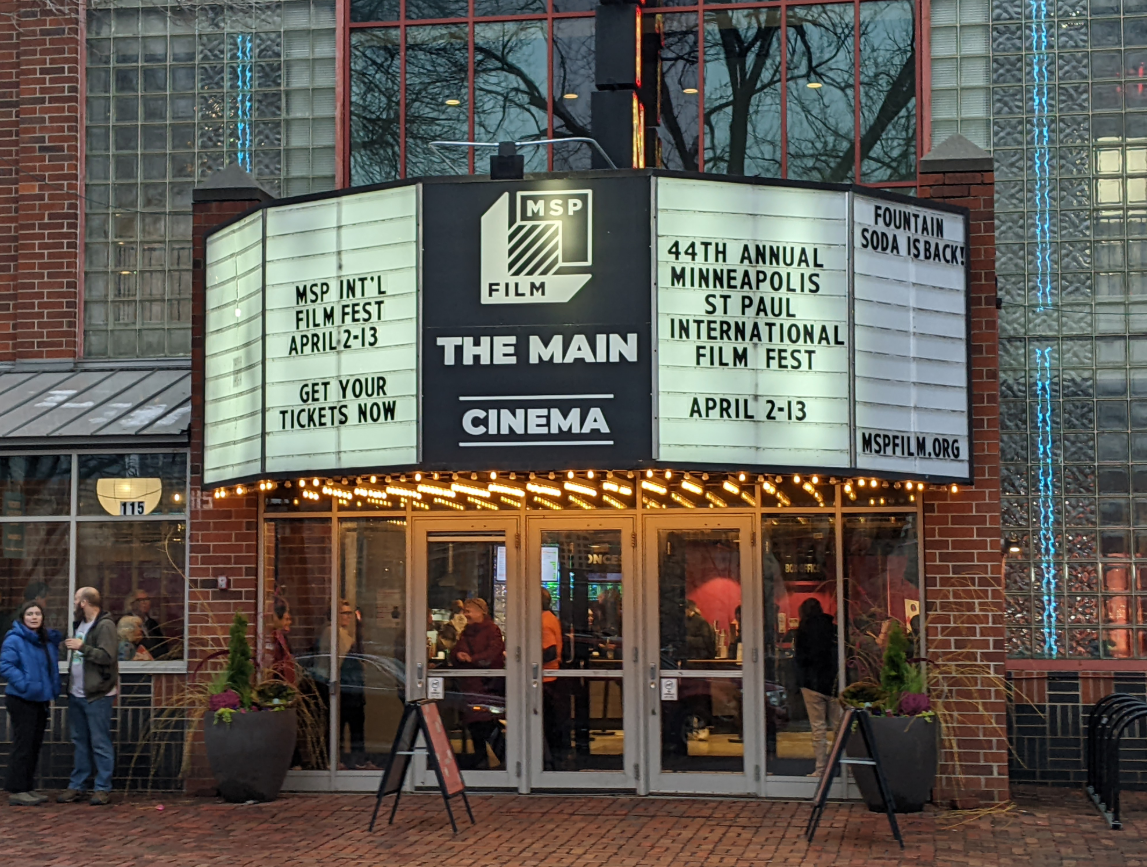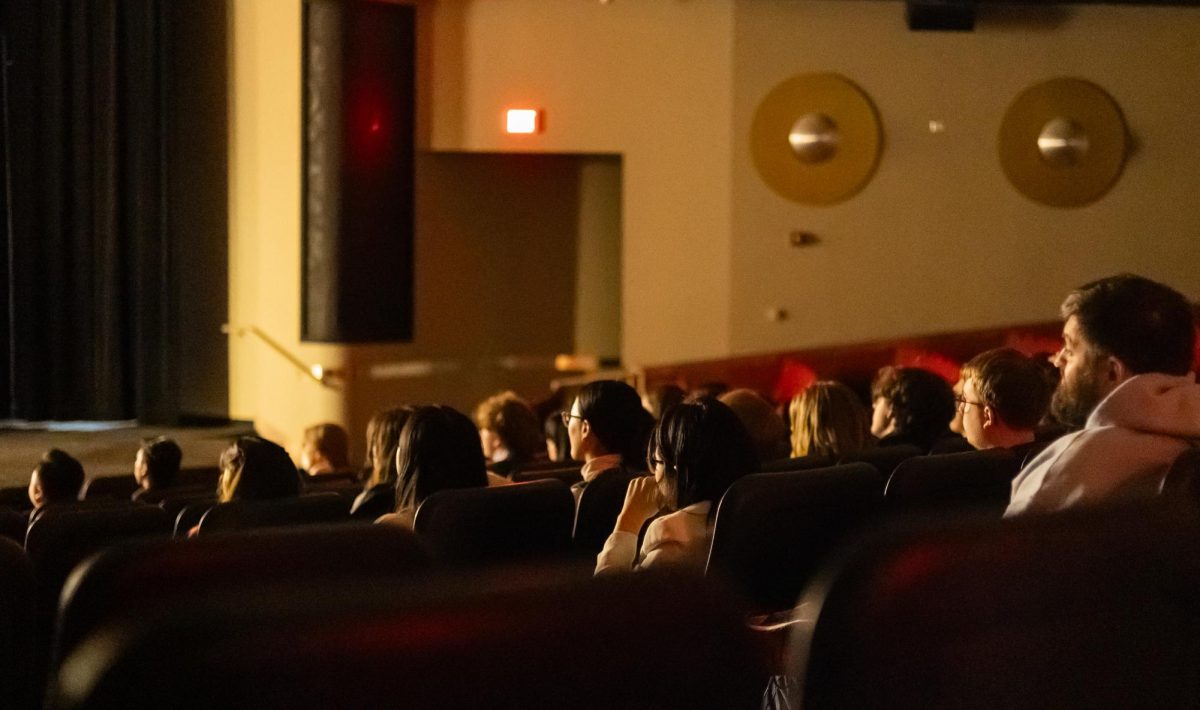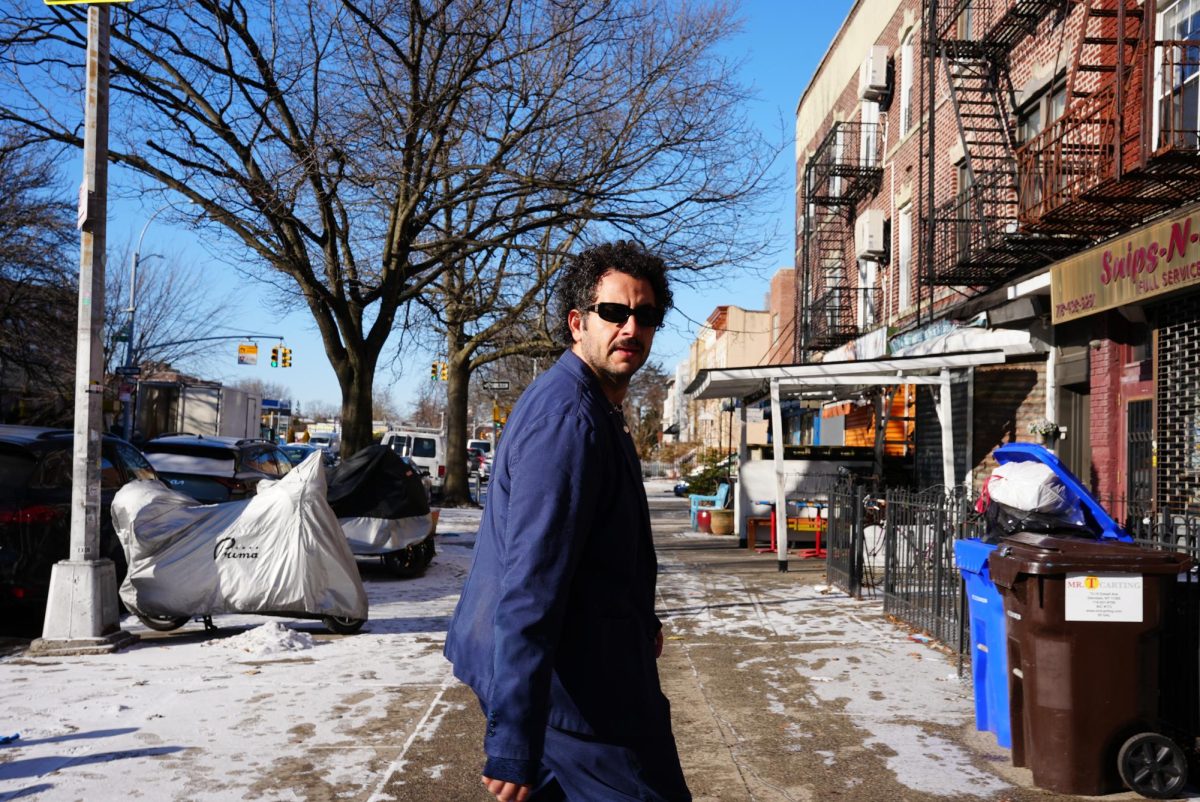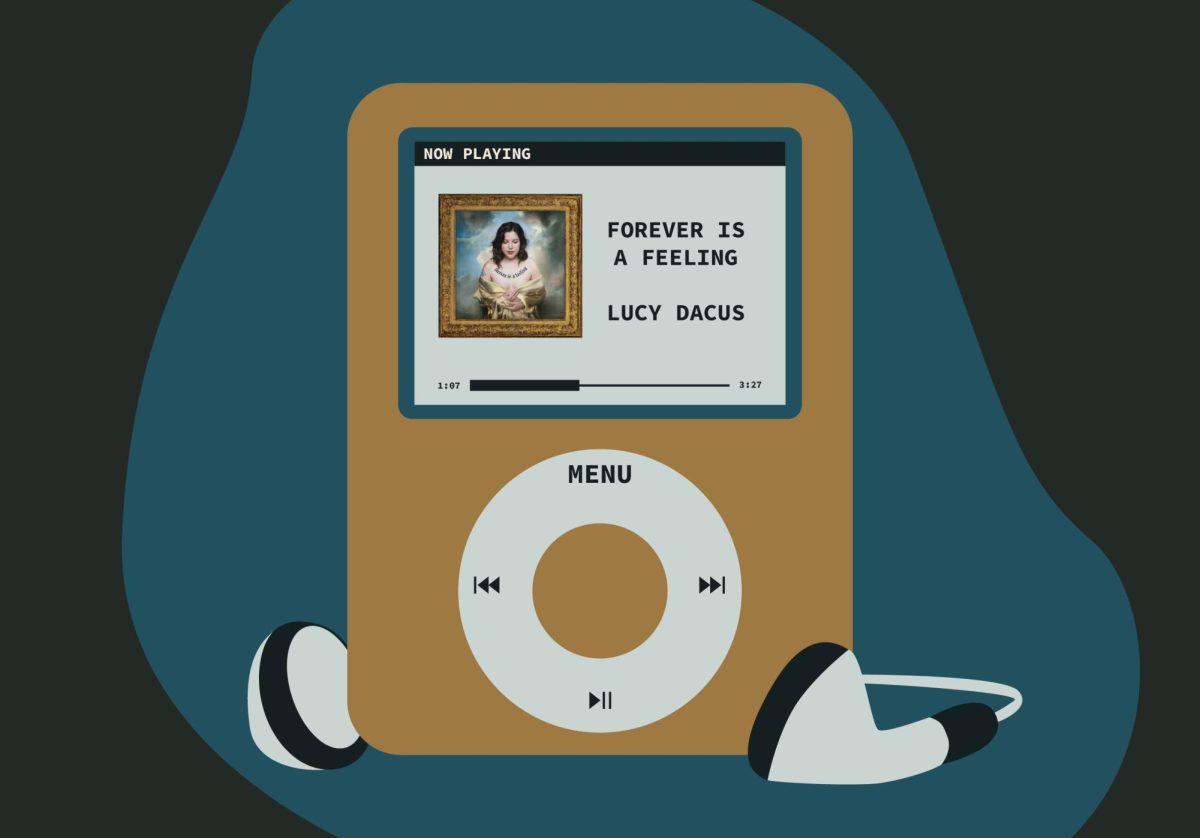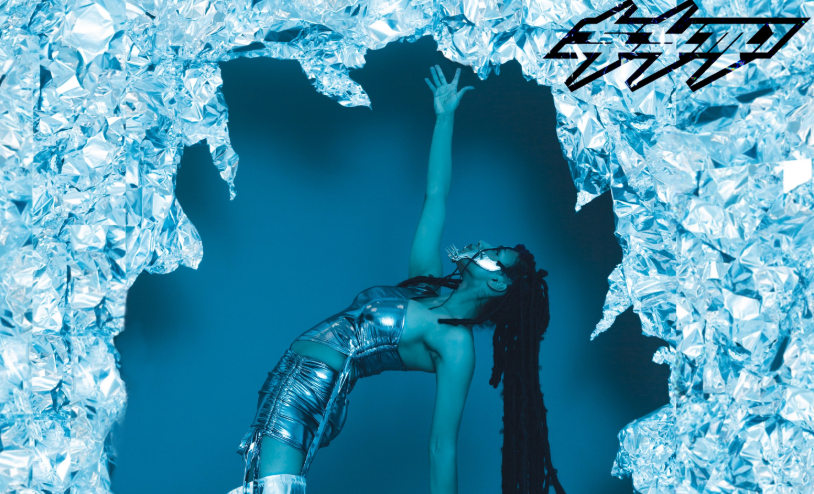Despite its obscure title, “Anamnesis,” this semester’s studio art capstone exhibition, relates stories of memory that anyone can understand.
The eight-person exhibition primarily consists of paintings depicting the variety of ways memories can persist beyond when they’re first experienced.
These memories can embed themselves anywhere, from disjointed, sensationalized narratives to family heritage.
Merriam-Webster defines anamnesis as “a calling to mind.” Oxford Languages puts it more existentially — “the remembering of things from a supposed previous existence.”
Though many of the works on display don’t experiment the most with presentation, the stories they represent are still incredibly layered, conveying artists’ past lives and emotionally charged memories.
From afar, Emely Knutson’s painting “Adjust Your Lens” shows a beaming smile that borders on overenthusiastic. Upon closer inspection, the enthusiasm hides faint vignettes of misery and doubt present across the subject’s face.
One of these vignettes appears to show Knutson herself making art with a “boring sun” and a building that’s “too tall.”
Lamar Peterson, the art department’s director of undergraduate studies, said at the exhibition’s public program on Friday that this cohort entered college as the world was exiting its COVID-19 lockdown, a time of instability and isolation for everyone.
In this sense, the camaraderie the artists built with each other through the rigors of art school means that much more.
“There are paint spatters that will never leave my clothes,” Knutson said at the program. “And there are memories I will never forget.”
Another strong entry in “Anamnesis” is Ashley Gustafson’s “Bella,” a mixed media installation featuring black and white 35-millimeter prints held in ornate wooden frames.
The piece combines the physical and the photographed — lace ribbons are layered on top of the prints as if taken from Bella’s dress.
A wooden halo adorned with more lace and singed fabric tendrils hovers over the centerpiece, depicting Bella in a state of apparent bliss.
In Gustafson’s piece, Bella is both material and immaterial. We are compelled to revel in her presence even if we’ve never met her.
Sheena Vang also depicts material memory in her triptych, “Reflection of Heritage: A Family Narrative.”
The left painting is a self-portrait depicting Vang in traditional Hmong dress. On the right is her mother, positioned in the opposite direction as Vang, dressed in her own traditional outfit.
The middle shows Vang, her mother and sisters all wearing the same dress, their white skirts flowing together at the bottom of the image.
It’s “a reflection of both familial bonds and cultural pride,” according to the series’ information cards.
In a sense, Vang’s mother symbolizes her previous existence as a living, breathing person, and specifically a Hmong person.
Faced opposite the wall of paintings is a small, vintage TV, sitting atop a sheet of gauze, playing Paige Turner’s film “Vinca TV.”
The film shows disjointed clips of Turner walking slowly through the woods in autumn, wearing a short white dress and no shoes.
Interspersed with the clips are TikToks and images contained only in phone-shaped rectangles, evoking how we relate to images and emotions through our screens.
Turner said she was inspired by “nostalgia-core” TikToks, which cycle through images of toys, food, school classrooms and landscapes meant to evoke Generation Z’s childhood during the mid-2000s.
“I find them so fascinating,” she said. “They make me feel nostalgic, but they also make me feel strange and kind of creeped out. I found myself feeling so emotionally charged just by seeing these images set to specific sounds.”
Turner, who said she works with film as a form of collage, said her “a-ha” moment for her installation came when she found the old TV in storage at the Regis Center for Art.
Indeed, seeing TikToks on a static screen filled with banding creates a delightful dissonance.
The anamnesis of Turner’s piece is apparent through the TV as a previous iteration of ubiquitous screens today. Watching her film clears the mind through tranquility and reflection, as opposed to scratching an itch via an endless scroll.
Even having a piece in a capstone exhibition honors Turner’s previous iterations of herself.
“I’m 27 and it’s taken me a lot of coming to school and leaving school to find an entryway,” Turner said, tearing up. “I really didn’t have a lot of self-esteem or trust in myself that I could do this — show something I made to the people I love without feeling shame or fear.”
One of the first things lecturer Emmett Ramstad, who led the “Anamnesis” cohort, said to his students was, “Thank you for sharing your creative souls.”
College demands a lot of our souls. It’s hard to believe anyone not crying once they’re done, no matter when or if we finish.
“Anamnesis” reminds us to honor the past versions of ourselves who got us where we are now, as well as the memories we have collected along the way, no matter what form they come in.
The exhibition is on display in the Regis West lobby until Thursday, Dec. 12.


